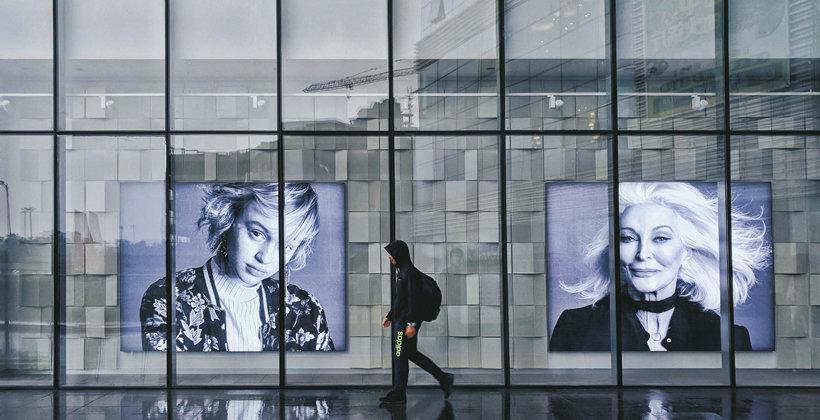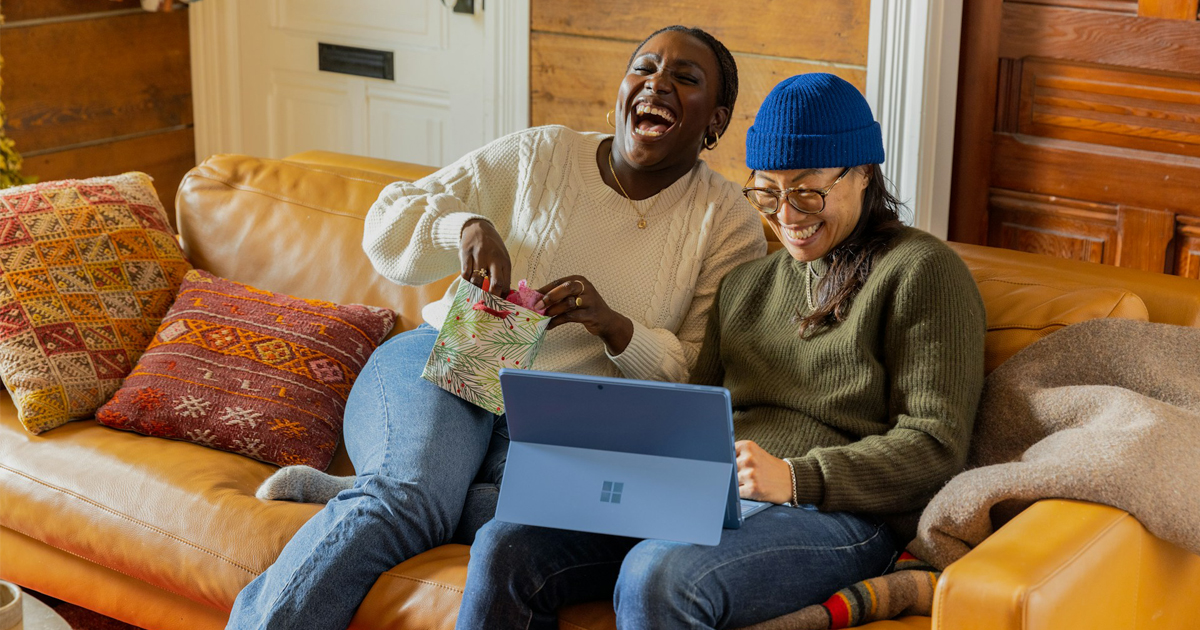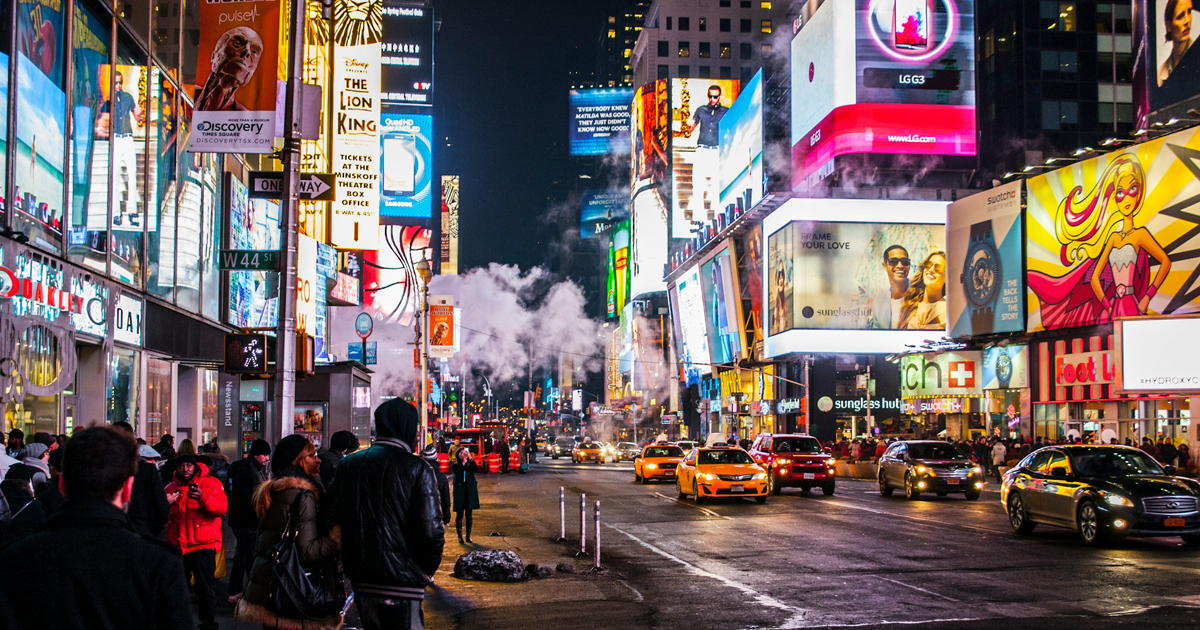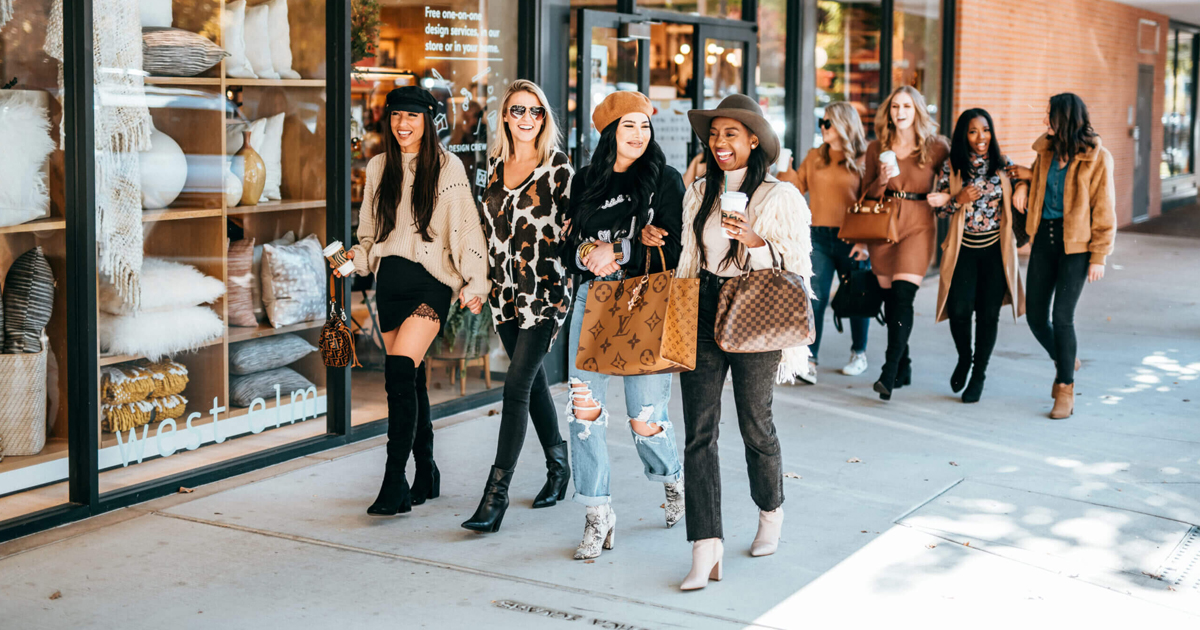After a year of the COVID-19 pandemic, so many things have changed in the retail industry, brands, and consumer behavior. Changes that we never thought would happen so quickly or at all. And what will happen in the future? Some shifts, like shopping online and at-home consumption may not dissipate anytime soon. Humans are inherently social creatures, and while the shift to online will likely remain, the desire for post-pandemic social interaction and validation may drive us back to the store, either temporarily or to seek something new and different.
The future consumer and what should retailers do
38 % of consumers intend to do more shopping online and only visit stores that provide great experiences, therefore retailers and brands that have been able to shift supply chains to deliver through direct-to-consumer channels will continue to win. When consumers go back to stores it will be for entertainment, for an experience, for a purpose. These issues perhaps provide an additional incentive to continue building digital capabilities, enhancing consumer experience across the entire journey, and investing in alternative revenue streams.
What other new trends that emerged during Covid-19 are here to stay? Retailers and brands will not just need to see how consumers shop and buy, but how they live and how their purchase decisions are driven by the most important parts of their lives, like finances and family.
Because of the longer-term impacts of COVID-19, consumers are also much more price sensitive. In April 2020, 43% of US consumers saw price as more important than before the pandemic. That number has slowly climbed and in February 2021, came in at 56% of Americans who see price as more important.
 38% of consumers intend to do more shopping online and only visit stores that provide great experiences The core question is not, “What e-commerce investments do I need to make?” but rather, “What consumer experience do I need to offer?”
38% of consumers intend to do more shopping online and only visit stores that provide great experiences The core question is not, “What e-commerce investments do I need to make?” but rather, “What consumer experience do I need to offer?” 
Following the pandemic, people are nowadays building their entire lifestyles around their households. In the future, 26% expect to work from home more often, 28% expect to spend less on travel than before, 43% will cook more often at home, 50% will exercise at home more often and 40% will be less inclined to be involved in experiences outside the home.
This shift in consumption has driven significant changes in the way companies interact with the consumer. Companies must now consider how their product and service assortment caters to a home environment,
During the pandemic, e-commerce strategies shifted from a perpetual top priority on every retailer’s three-year plan to a desperately needed lifeline that could enable companies to survive, almost overnight.
80% of US consumers are still changing the way they shop. Even though most stores are now open with safety measures in place, 60% are currently visiting brick-and-mortar stores less, and 43% will shop more often online for products they previously bought in stores.
To be successful in e-commerce, retailers need to think bigger than e-commerce. The core question is not, “What e-commerce investments do I need to make?” but rather, “What consumer experience do I need to offer?”
This is a culture change for many retailers who had a mentality that is anchored in actual/physical stores. The consumer experience is rapidly evolving from one that is built upon the transactional process of in-store shopping to one that is rooted in deep, ongoing, and enriching relationships.
Retailers need to create an interwoven journey that is relevant to target consumers — and structure their channel ecosystem, e-commerce included, in a way that provides value along that journey.
To continue, trust is hard-won from consumers in a normal environment, and all the uncertainty the last year has brought with it has even further tested that notion. 28% of consumers will pay a premium to buy from brands they trust. The burden is on companies to earn and maintain trust with consumers through transparency, ensure the authenticity of message and brand and a shared purpose, and a consistent experience that delivers on the brand promise.
There has been a massive amount of change in the last year, for consumers, retailers, and brands. Observing where consumers are going will help brands and companies to plan, adapt and move forward.
Read more on EY’s Future Consumer Index by clicking here.






